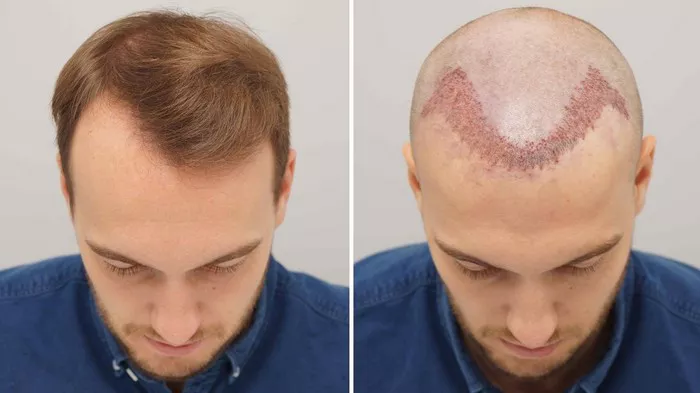Hair transplants have become a popular solution for individuals seeking to restore their natural hairline and regain their confidence. After undergoing a hair transplant, many patients are eager to resume their regular exercise routine. However, it is essential to understand the recovery process and the appropriate timeline for returning to physical activity. In this article, we will provide a comprehensive guide on when you can safely resume working out after a hair transplant.
Understanding Hair Transplants and Recovery
This section will provide a brief overview of hair transplants, explaining the different techniques and how they restore hair growth. It will also emphasize the importance of following post-transplant guidelines for a successful recovery.
The Healing Process: What Happens After a Hair Transplant
After a hair transplant, the body undergoes a healing process to ensure the survival and growth of the transplanted hair. This section will explore the stages of healing, including scab formation, shedding of transplanted hair, and the regrowth phase. Understanding the healing process is crucial in determining the appropriate time to resume physical activity.
Exercise and Hair Transplants: Why Timing Matters
Engaging in physical activity too soon after a hair transplant can negatively impact the healing process and the success of the procedure. This section will explain the reasons behind the timing restrictions, including the risk of dislodging grafts, increased blood flow to the scalp, and potential complications. It will highlight the importance of patience and following the surgeon’s instructions.
Post-Transplant Guidelines: Your Surgeon’s Recommendations
Every patient’s recovery is unique, and specific instructions may vary based on individual factors and the surgical technique employed. This section will emphasize the importance of following the post-transplant guidelines provided by the surgeon, which typically include restrictions on exercise and physical exertion.
Immediate Post-Transplant Period: Rest and Recovery
During the immediate post-transplant period, the focus is on allowing the grafts to take hold and heal. This section will explain the need for rest and limited physical activity, including avoiding activities that can cause sweating, excessive heat, or pressure on the scalp. It will also address common concerns about showering and hair washing.
The Importance of Patience: Early Post-Transplant Period
As the healing process progresses, patients may experience itching, redness, and mild discomfort. This section will outline the typical timeline for these early post-transplant symptoms and highlight the importance of patience in refraining from intense physical activity that can disrupt the healing process.
Gradual Return to Physical Activity: Mid to Late Post-Transplant Period
After the initial healing phase, patients can gradually introduce low-impact exercises into their routine. This section will provide a timeline for resuming specific activities, such as walking, light jogging, and stretching. It will also emphasize the importance of listening to your body and gradually increasing the intensity of workouts.
Types of Exercises: Low Impact and High Impact
Different exercises have varying impacts on the scalp and hair grafts. This section will categorize exercises into low impact and high impact, explaining which activities are generally safer during the recovery period. It will also discuss the potential risks associated with high-impact exercises and contact sports.
Managing Discomfort and Protecting Transplanted Hair
During the recovery phase, patients may experience some discomfort or sensitivity around the transplant area. This section will provide tips for managing discomfort, including wearing loose-fitting clothing, avoiding excessive sun exposure, and protecting the transplanted hair from direct trauma.
Final Thoughts: Balancing Exercise and Hair Transplant Recovery
In conclusion, returning to exercise after a hair transplant requires a patient and cautious approach. It is crucial to prioritize the healing process and follow the guidance provided by the surgeon. Balancing physical activity with the recovery timeline will help ensure optimal results and long-lasting hair growth. Patients should consult with their surgeon for personalized advice and recommendations based on their specific case.
Conclusion
Resuming physical activity after a hair transplant is an important step in regaining a healthy and active lifestyle. However, it is essential to be patient and allow sufficient time for the scalp to heal and the transplanted hair to establish. By understanding the healing process, following post-transplant guidelines, and gradually reintroducing exercise, patients can minimize the risk of complications and maximize the success of their hair transplant procedure. Remember, the primary focus should be on the long-term results and the satisfaction of achieving natural hair regrowth.
Related topics:
- Does hair transplant hurt: A Simple Guide
- The Efficacy of Hair Transplants: Does Hair Transplant Work?
- How long does a hair transplant take: A Full Guide


